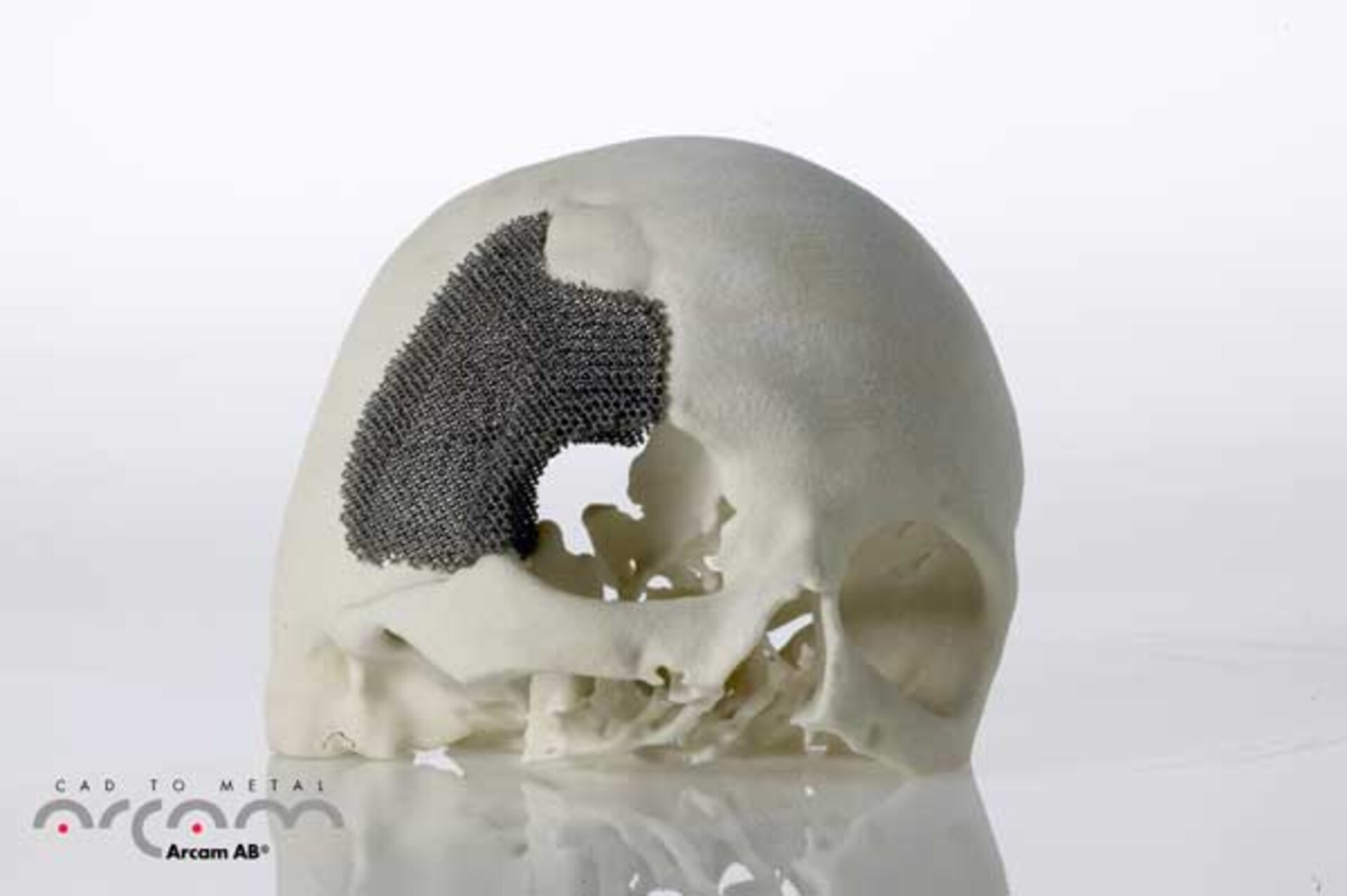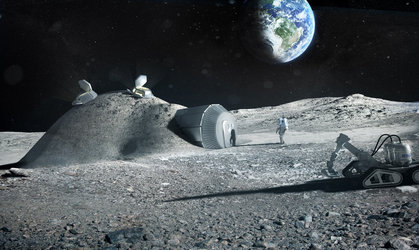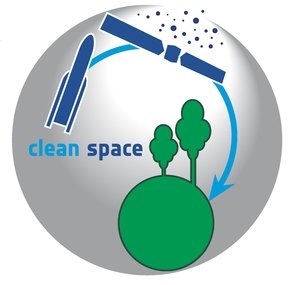Note for Editors: 3D printing/additive layer manufacturing
3D printing, otherwise known as additive layer manufacturing, is regarded by ESA as an extremely promising technology for the space industry.
As its synonym suggests, it involves the construction of a solid object from a series of layers – each one printed on top of the last.
The raw material is generally powder that is heated or chemically cemented into a solid. Alternatively, liquids or wires can be used as raw materials.
Additive layer manufacturing is a hugely versatile technique: anything that can be designed within computer-aided design (CAD) software can then be printed as a physical item, providing that the specific design limits of the process are respected.
This allows building items of a complexity far beyond what can be achieved using conventional machining technologies.
It is also extremely resource-efficient, offering mass savings of anything between 50% to 95% compared to traditional manufacturing, where surplus materials are cut away to form the desired component.
With additive layer manufacturing, only what is needed is used and the number of manufacturing steps are reduced as well.
ESA is investigating additive layer manufacturing as part of its Clean Space initiative, seeking to apply innovative technologies to reduce the environmental impacts of the space industry.





